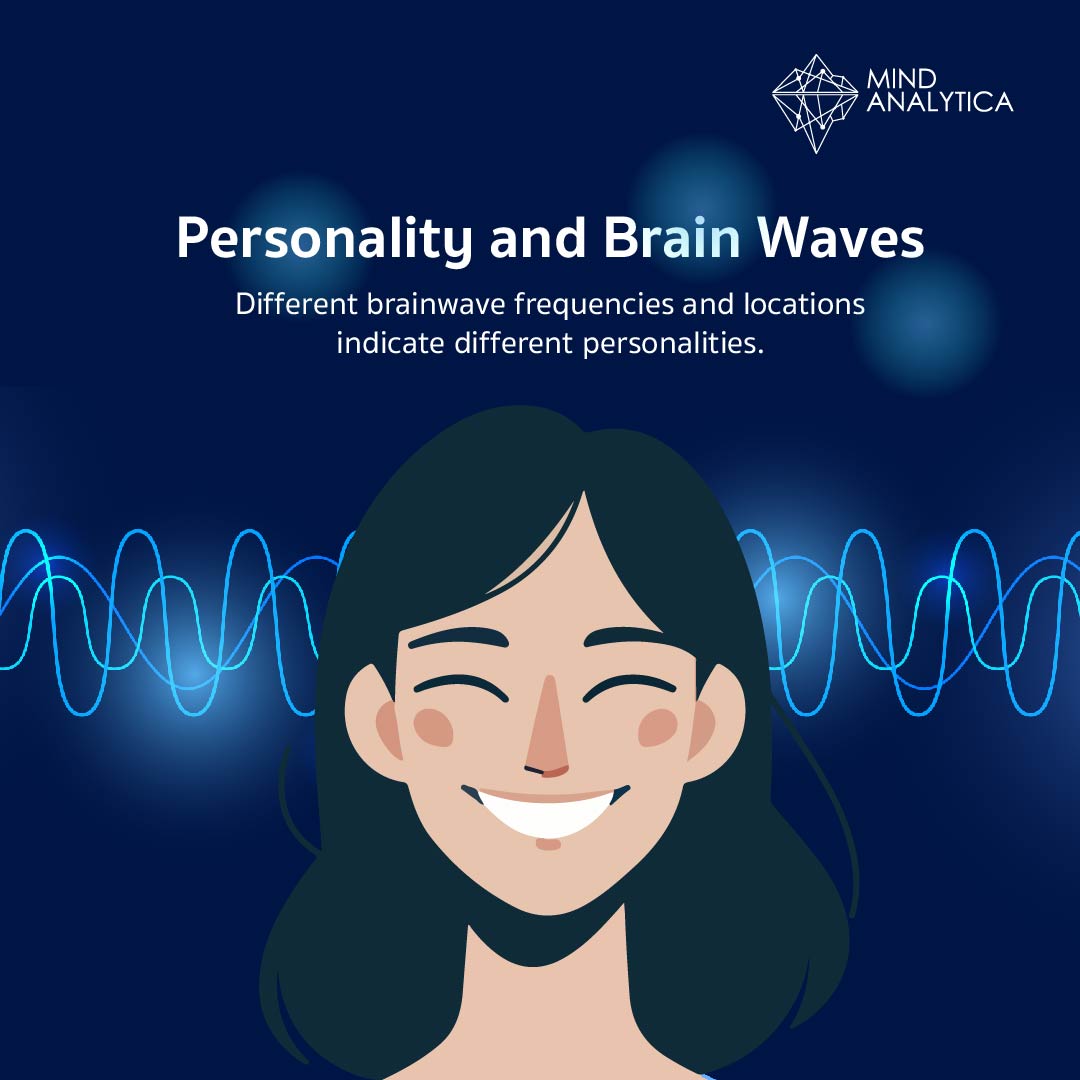Personality and Brain Waves
5 เมษายน 2567 - เวลาอ่าน 3 นาที
Different brainwave frequencies and locations indicate different personalities.
When it comes to a person's personality, it can usually be observed from their behavior, their words, and the content of their thoughts or emotions. These are often relatively permanent and difficult to change. Importantly, since these are characteristics of a person, it is possible that personality is related to the functioning of the person's brain. Therefore, this article will be the first door to connect human brain research with personality.
Early personality theories studied personality with the anatomy of the human brain and body. They studied arousal, or the brain system that is sensitive to reward or punishment signals. Hans Eysenck, one of the most famous personality psychologists, linked these characteristics to his own personality theory. He found that brain properties that are sensitive to reward and punishment are linked to the personality traits of extraversion and emotional stability.
One technology that can reflect brain function is electroencephalography (EEG). This involves attaching electrodes to the scalp, which does not cause any injury or pain to the wearer. The number of electrodes can range from one to 256. The device looks like a hat with many wires that carry signals from the scalp to a computer.
In general, the human brain constantly sends signals between different parts of the brain in the form of electrical signals. The frequency of brain waves is related to the type of brain activity. For example, alpha waves occur when a person is relaxed, beta waves are normal waves when a person is awake, and gamma waves occur when a person is doing something that requires thought.
Given the nature of the waves that are related to a person's cognitive behavior and the locations of the brain that are responsible for different behaviors, it is reasonable to believe that personality is also related to brain waves.
In 1992, brain researcher Sternberg conducted a test in which he asked participants to imagine situations that would make them feel happy and unhappy, separated into two rounds. The results showed that:
Beta waves from the parietal lobe were significantly associated with both aspects of personality, namely extraversion. This is because this part of the brain is responsible for monitoring what a person is doing, which can be inferred to be a measure of arousal or attention.
Theta waves from the right frontal lobe were associated with high anxiety, which is one characteristic of low emotional stability.
Beta waves from the temporal lobe were active in both normal and positive and negative emotional states. High activity in this part of the brain was associated with positive emotions or extraversion, while low activity was associated with negative emotions or low emotional stability.
The use of EEG to measure personality, although still in its early stages of knowledge and research, is a promising method for the long-term future and can generate interest in psychological assessment using brain waves to find personality and other abilities. One problem with personality assessment using questionnaires is the dishonesty of the respondents, which can make the results of the personality test inaccurate and not true to reality. Therefore, the use of brain measurement tools can help prevent such problems effectively.
Original article
Sternberg, G. (1992). Personality and the EEG: Arousal and emotional arousability. Personality and Individual Differences, 13(10), 1097-1113.



